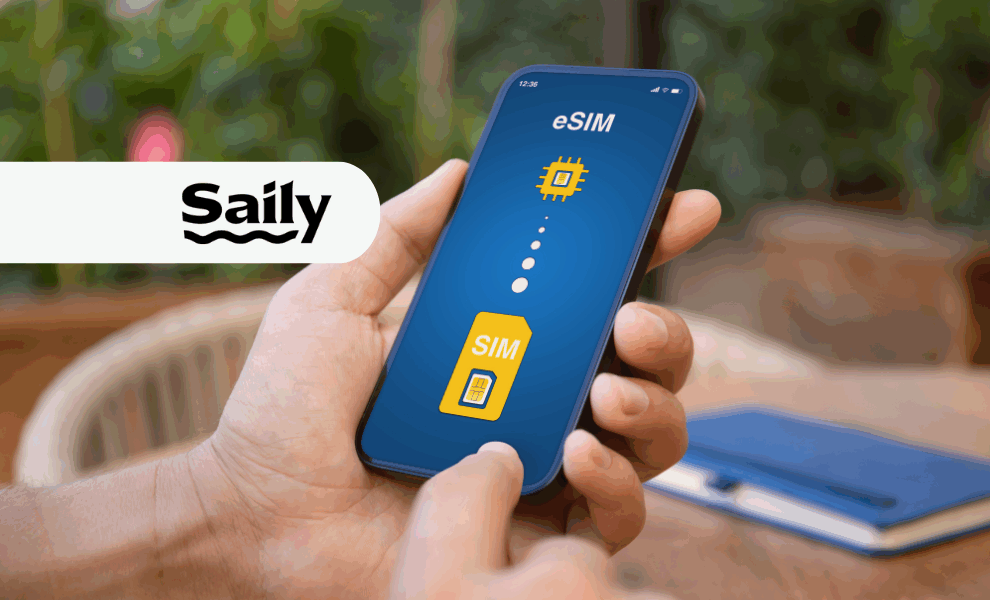
Introduction to eSIM
Are you tired of fumbling with physical SIM cards every time you switch devices or travel? Say goodbye to the hassle and embrace the future of connectivity with eSIM technology. An embedded SIM card, or eSIM, offers a seamless way to stay connected without the need for traditional plastic cards. Imagine activating your mobile plan in just minutes—no more trips to stores or waiting for delivery! This modern solution not only simplifies your life but also opens up new possibilities for managing multiple plans on one device. Ready to take control of your connectivity? Let’s dive into everything you need to know about setting up your eSIM effortlessly!
Benefits of Using an eSIM
Using an eSIM brings a wave of convenience that’s hard to ignore. Imagine activating a mobile plan without the need for a physical SIM card. With just a few taps, you’re connected.
Flexibility is one of the standout benefits. You can easily switch carriers or plans based on your needs without needing to visit a store or wait for shipping.
Traveling becomes hassle-free too. No more searching for local SIMs when you land in another country. With an eSIM, you can download international plans instantly and stay connected.
Moreover, eSIMs are often more secure than traditional cards. They’re embedded within your device, making them less susceptible to theft or loss.
Saving space in your device is another perk that many appreciate. Without the need for a slot, manufacturers have room for other innovative features.
Step-by-Step Guide to Setting up Your eSIM
Setting up your eSIM is easier than you might think. First, ensure your device supports eSIM technology. Check the manufacturer’s website or user manual if you’re unsure.
Next, obtain an eSIM activation code from your carrier. This typically comes in the form of a QR code sent via email or provided in-store.
Once you have the QR code, open your device’s settings and navigate to the cellular section. Here, select “Add Cellular Plan.” Point your camera at the QR code, and it will automatically scan and load your plan.
Follow any on-screen prompts to complete the setup process. You may need to confirm some settings like data plans or preferences for voice calls.
After successfully adding the eSIM, restart your device to ensure everything functions smoothly. Enjoy seamless connectivity without physical SIM cards cluttering up your phone!
Common Challenges and Troubleshooting Tips
Setting up an eSIM can sometimes be tricky. One common challenge is compatibility. Not all devices support eSIM technology, so always check your device specifications before proceeding.
If you encounter issues during activation, ensure that your internet connection is stable. A weak signal can hinder the download of your eSIM profile.
Another problem users face is scanning the QR code incorrectly. Make sure to hold your camera steady and align the code properly for a successful scan.
Sometimes, you may need to restart your device after installation for changes to take effect. This simple step often resolves minor glitches.
If problems persist, contacting customer support can provide tailored assistance specific to your carrier or device type. They have resources and tools that can help troubleshoot effectively.
Frequently Asked Questions about eSIMs
Many people are curious about eSIM technology, and it’s understandable. One common question is whether an eSIM can be used with multiple devices. The answer is yes; you can use one eSIM on several compatible devices, but only one device at a time.
Another frequent inquiry concerns the activation process. Some users worry that activating an eSIM may be complicated. Fortunately, most carriers provide simple scanning options or QR codes to make this step straightforward.
Security also comes up often. Many wonder if eSIMs are more secure than traditional SIM cards. They are generally considered safer due to encryption features and the ability to remotely disable them if lost or stolen.
Additionally, users frequently ask if they can switch between physical SIM cards and eSIMs seamlessly. The good news? You can easily manage both types on many smartphones without hassle.
How to Use Your eSIM for International Travel
Traveling internationally can be an exciting adventure, but it often comes with the hassle of dealing with mobile connectivity. That’s where eSIM technology shines, making your travel experience smoother and more convenient.
When you arrive at your destination, using an eSIM allows you to switch networks without having to physically change SIM cards. You can easily download a local data plan through your device settings or from your carrier’s app. This means no long lines at kiosks or fumbling with tiny SIM cards while trying to stay connected.
Before traveling, check if your phone is unlocked and compatible with international networks that support eSIMs. Research available plans in advance so you’re ready as soon as you land. Some providers even offer global data packages that cover multiple countries—perfect for those who are on the move!
If you’re planning a longer stay, consider signing up for a monthly plan from a local provider via eSIM. It’s often cheaper than roaming charges from home carriers. Plus, you’ll have access to faster speeds and better coverage.
Using an eSIM abroad not only simplifies staying connected but also enhances security by reducing the risk of losing physical SIM cards during travels. With everything set up ahead of time or upon arrival, all that’s left is to enjoy exploring new cultures and landscapes without worrying about being offline!








